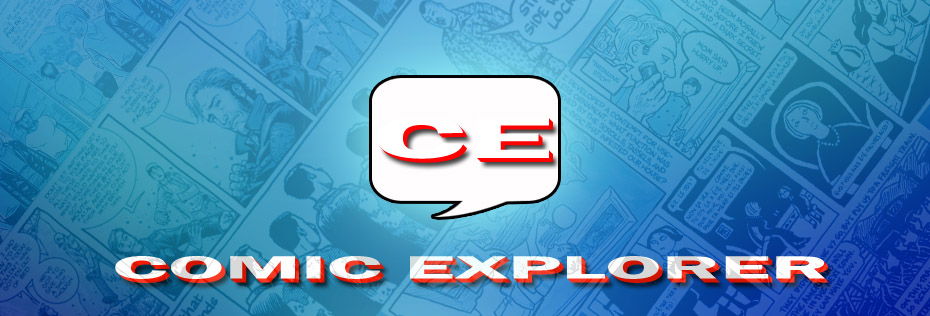Series: Original Graphic Novel
Publisher: Legendary Comics
Publisher: Legendary Comics
Publication Date: 2013
Creative Team:
Writer: Travis Beacham
Creative Team:
Writer: Travis Beacham
Artists:
Sean Chen
Yvel Guichet
Pericles Junior
Chris Batista
Geoff Shaw
Genre: Sci-Fi, Action, Monsters, Robots
Pacific Rim: Tales from Year Zero had three strikes
against it before I ever held a copy. Strike
One: I’ve got geek street cred for days but I really don’t have much love for kaiju. Kaiju is Japanese for ‘Strange Beast’ and is
used to refer to creatures like Godzilla, the Cloverfield monster, and most of
what the original Power Rangers fought in Megazord form. I admit, there’s something fun about watching
a guy in a monster suit stepping on a cardboard city but on the whole it’s not
for me. Strike Two: As to Mechs/Giant Robots, I loved Voltron as
a kid but I’m not nostalgic about it and as an adult I care barely sit through
the Rifftrax version of
Transformers. Strike Three: There might
be good movie tie-in comic out there but I have yet to read one. They are almost always superfluous junk. Unfortunately, Tales from Year Zero didn’t
change my opinion on any of these fronts.
 |
| In the Pacific Rim bad breath can be lethal! |
I only had two reasons for bothering with Pacific Rim: Guillermo
Del Toro and Idris Elba. Neither person
is involved with this comic but they both saw something in this project. When it comes to Del Toro, he’s never let me
down (although he came close with Blade 2).
Meanwhile, Idris Elba usually picks interesting projects (The Wire,
Luther, and Prometheus to name a few). All
of that was enough that I was willing to leave my preconceptions at the door
and give Pacific Rim Tales from Year Zero a chance. I just wish I had been rewarded by that
decision.
 |
| Little Known Fact: Kaiju hate Suspension Bridges but they love Truss Arch. |
 |
| The Pan Pacific Demarcated Cheese Jaeger Academy. |
 |
| Especially since my X-Box broke. So we might as well fight and stuff. |
 |
| Stupid Blood Tree! |
The way the art in the comic is credited forces you to
guess which artist is drawing which parts.
I mostly think they are listed in order but it’s not always clear when
artists have switched. In the final
story the artists even swap out for about 3 pages in the middle for no apparent
reason. With this situation I hate to
credit/criticize an artist by name since I’m not sure who did what. I will just say that I was the least fond of
whoever illustrated Tendo Choi’s story. Their
characters aren’t very consistent and the detail level drastically from panel
to panel. Meanwhile, the artwork on the
overarching interview narrative was excellent.
One of the kaiju in the middle story “Turn the Tide” was especially
bizarre in a fun way. If this were an
out and out anthology I would have loved to see extremely varied artwork but
since this is situated as one coherent narrative I’m glad that the art was
mostly consistent. The problems I had
with this comic had little to do with the art.
Overall Pacific Rim Tales from Year Zero is nothing
special. The story does what it’s
supposed to do; it’s an appetizer. It
gets your taste buds going and hopefully you’re excited for the meal. However, like most appetizers you really only
buy it because you’re hungry now and you know your dinner might take a few
minutes to arrive. Unfortunately, also like
most appetizers they are completely forgotten once your dinner arrives. Worse than that, if Pacific Rim flops at the
box office than Tales from Year Zero will disappear more completely than Jimmy
Hoffa. Hopefully, Del Toro has a few
tricks up his sleeve. Call me crazy but
I still have high hopes for the entree.
 |
| Ever have that dream where spiders are crawling all over you? Here it is Mech style |








































